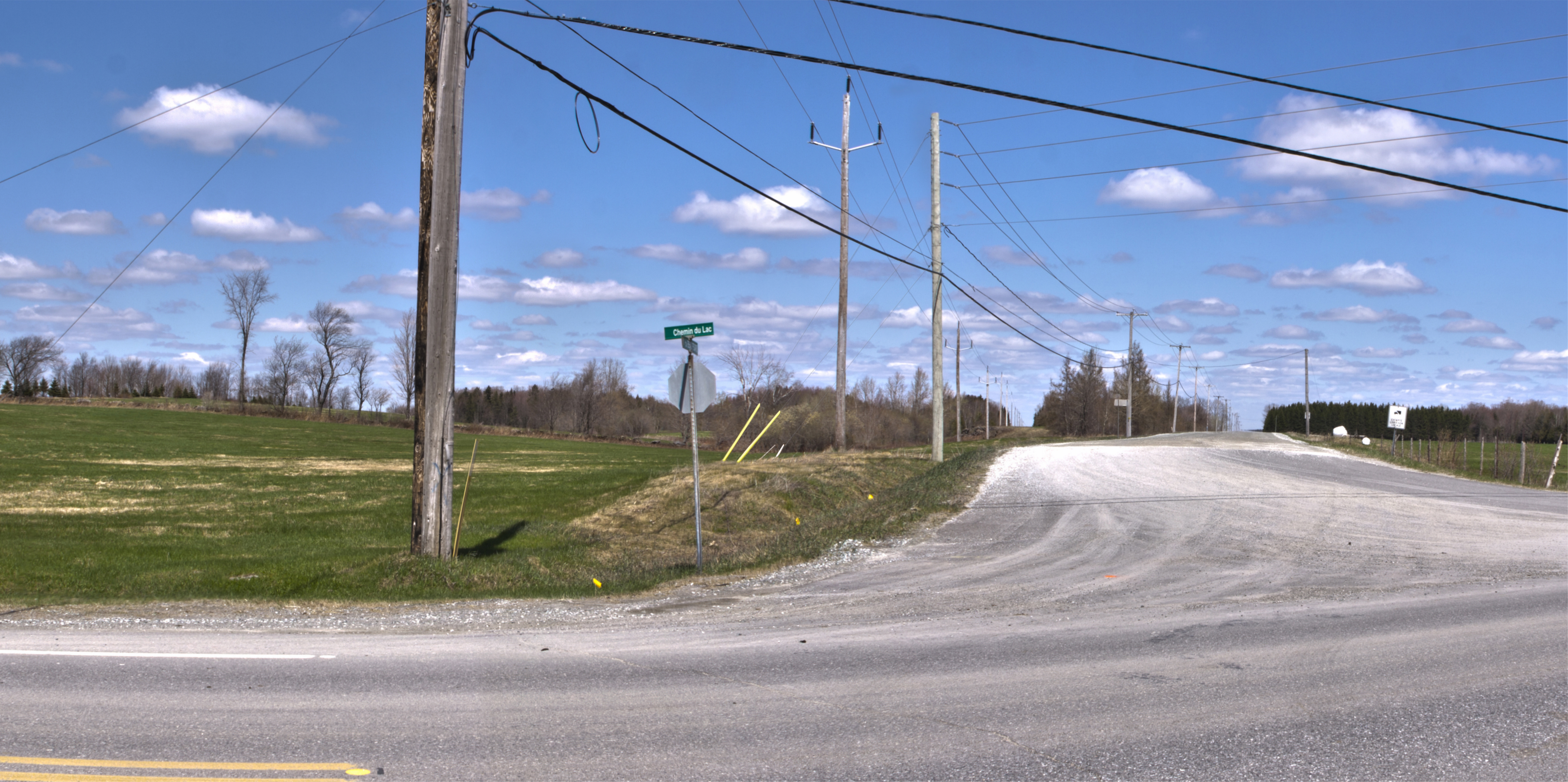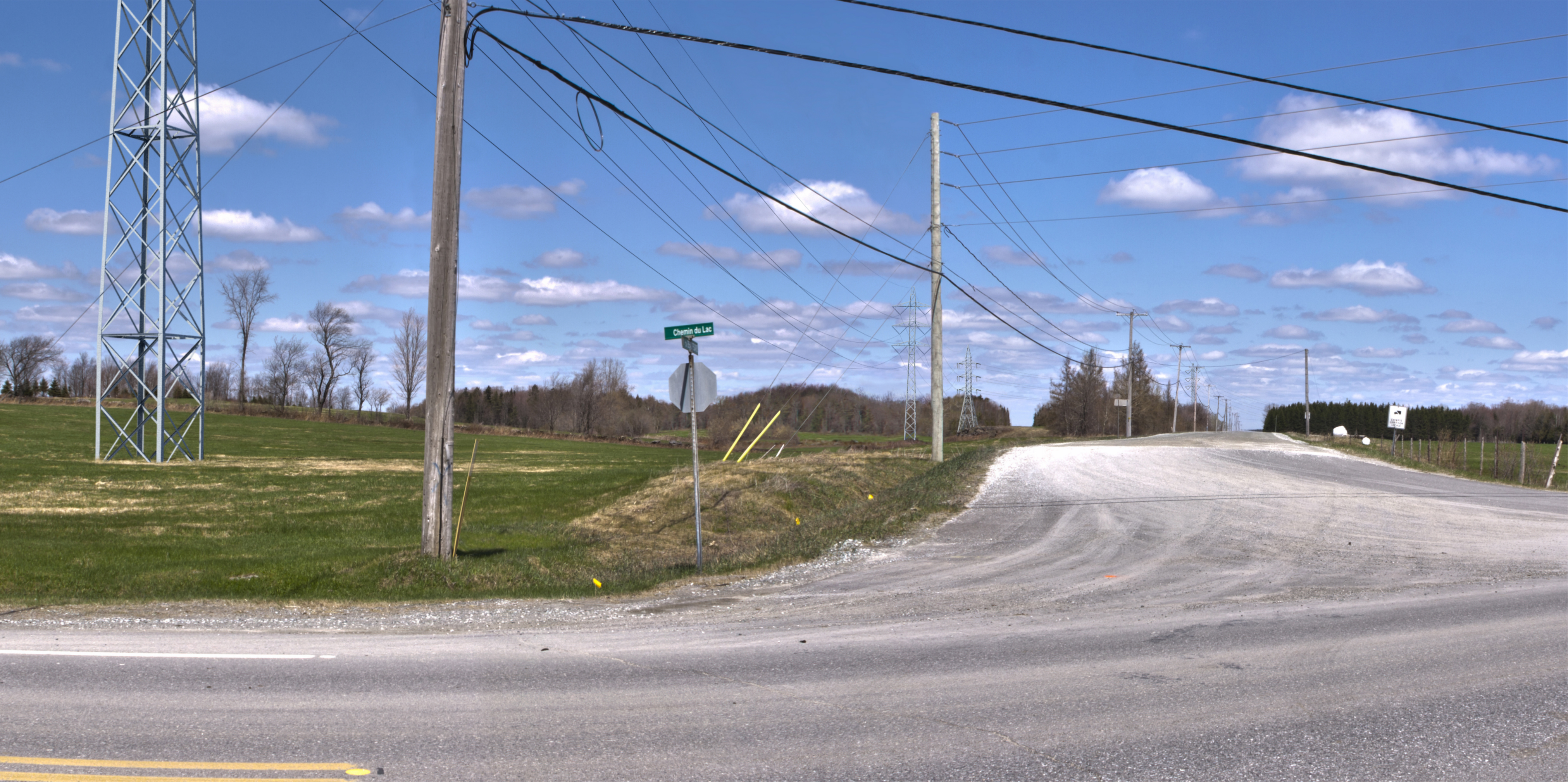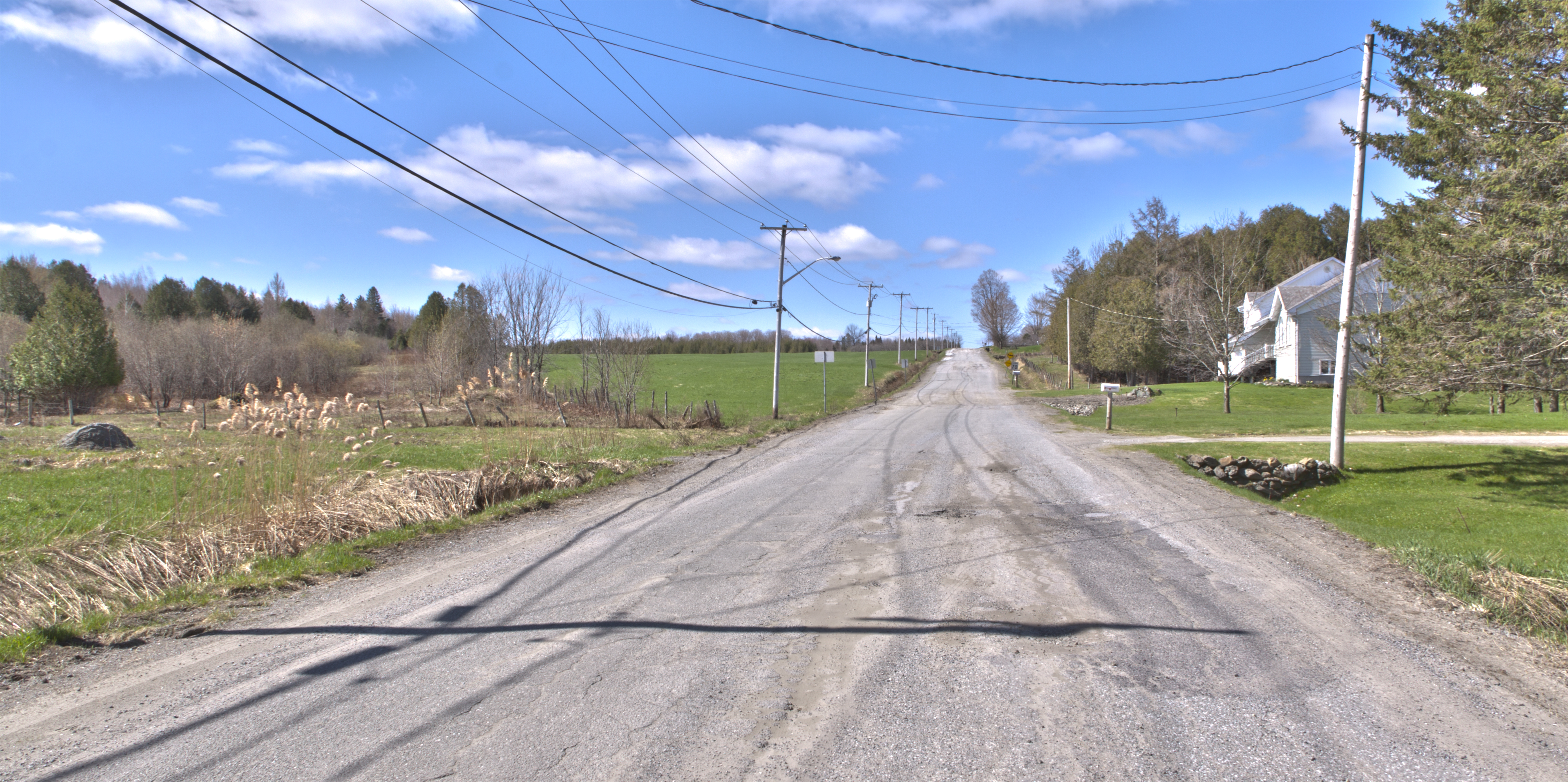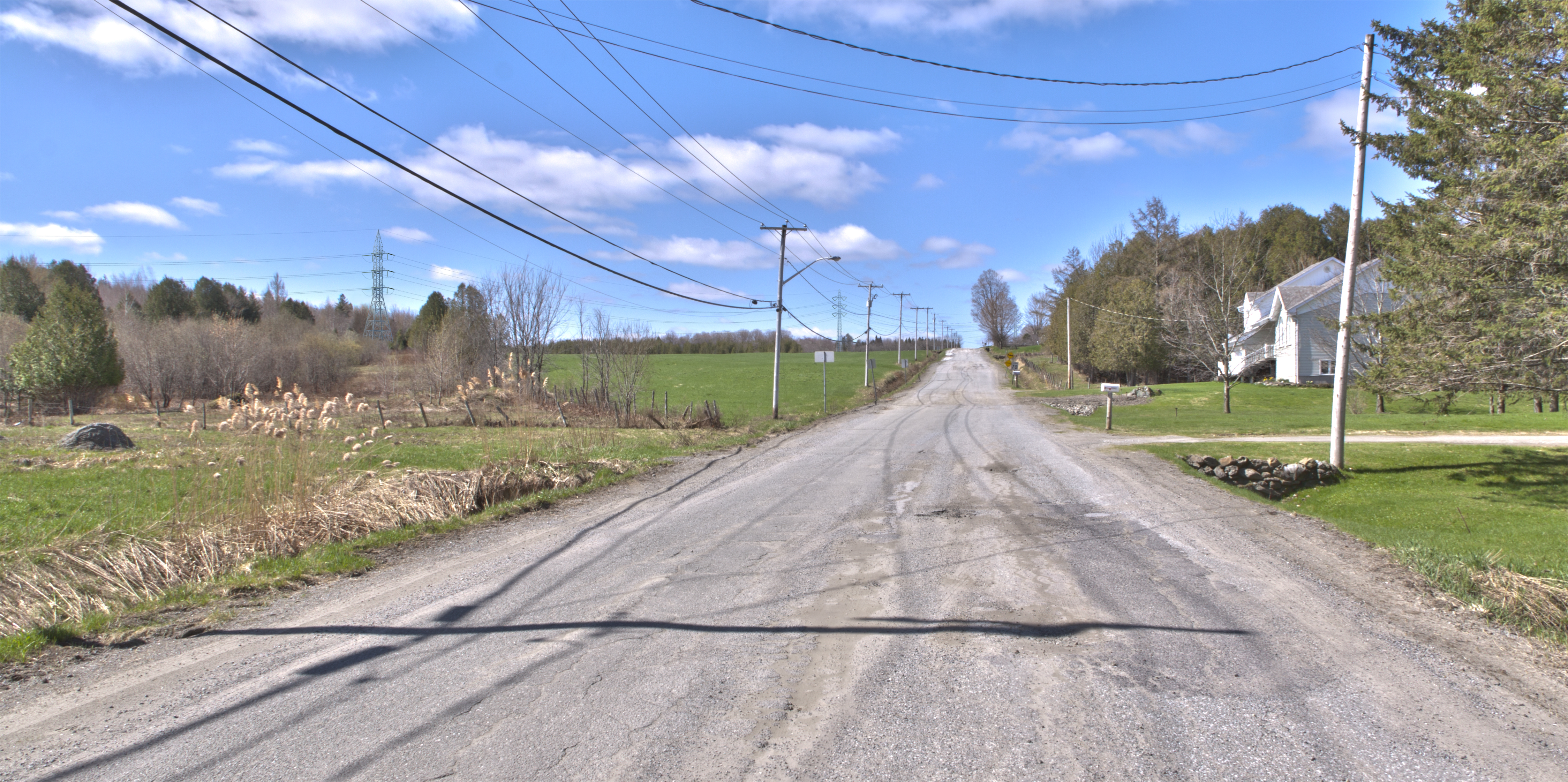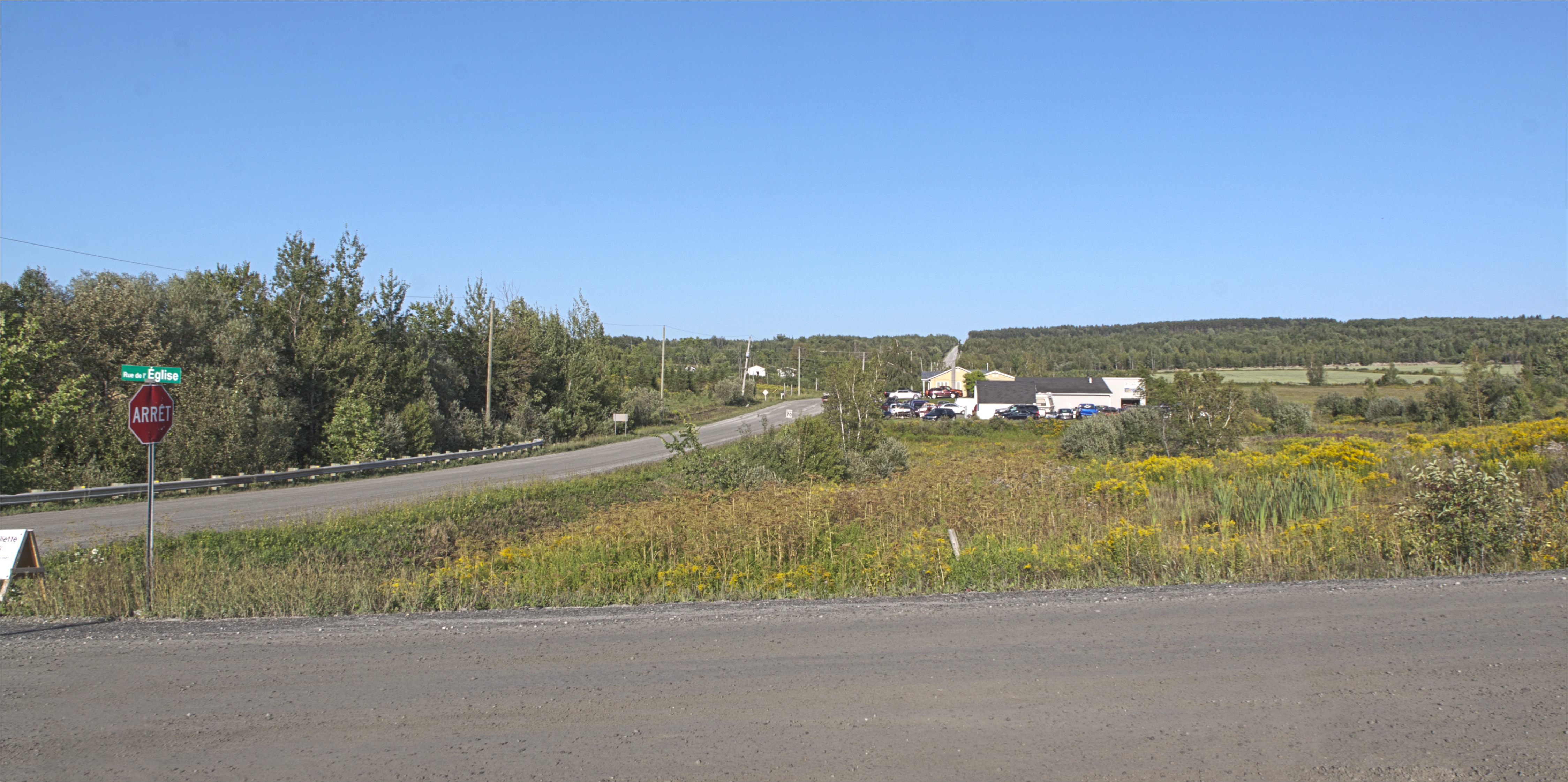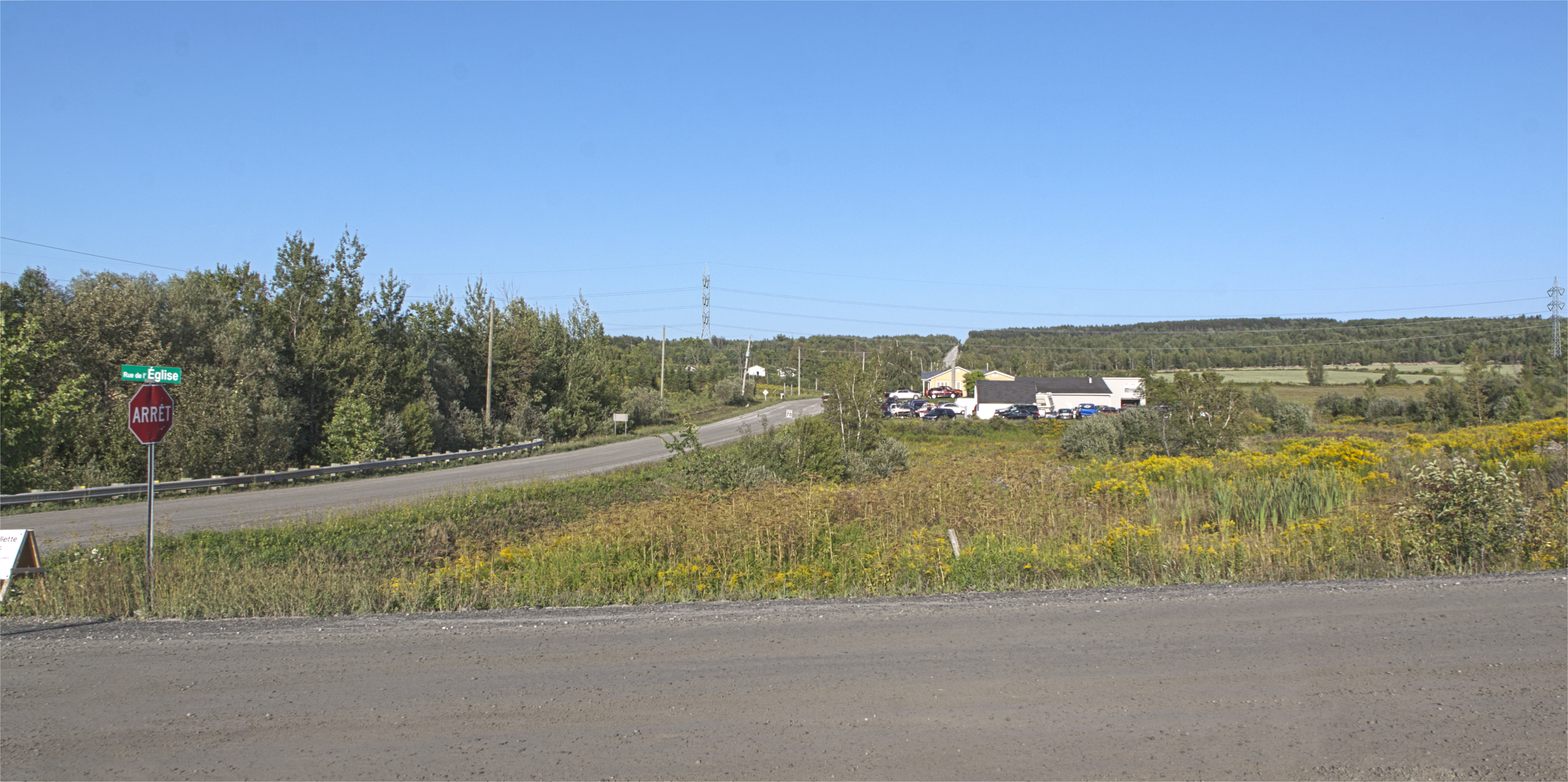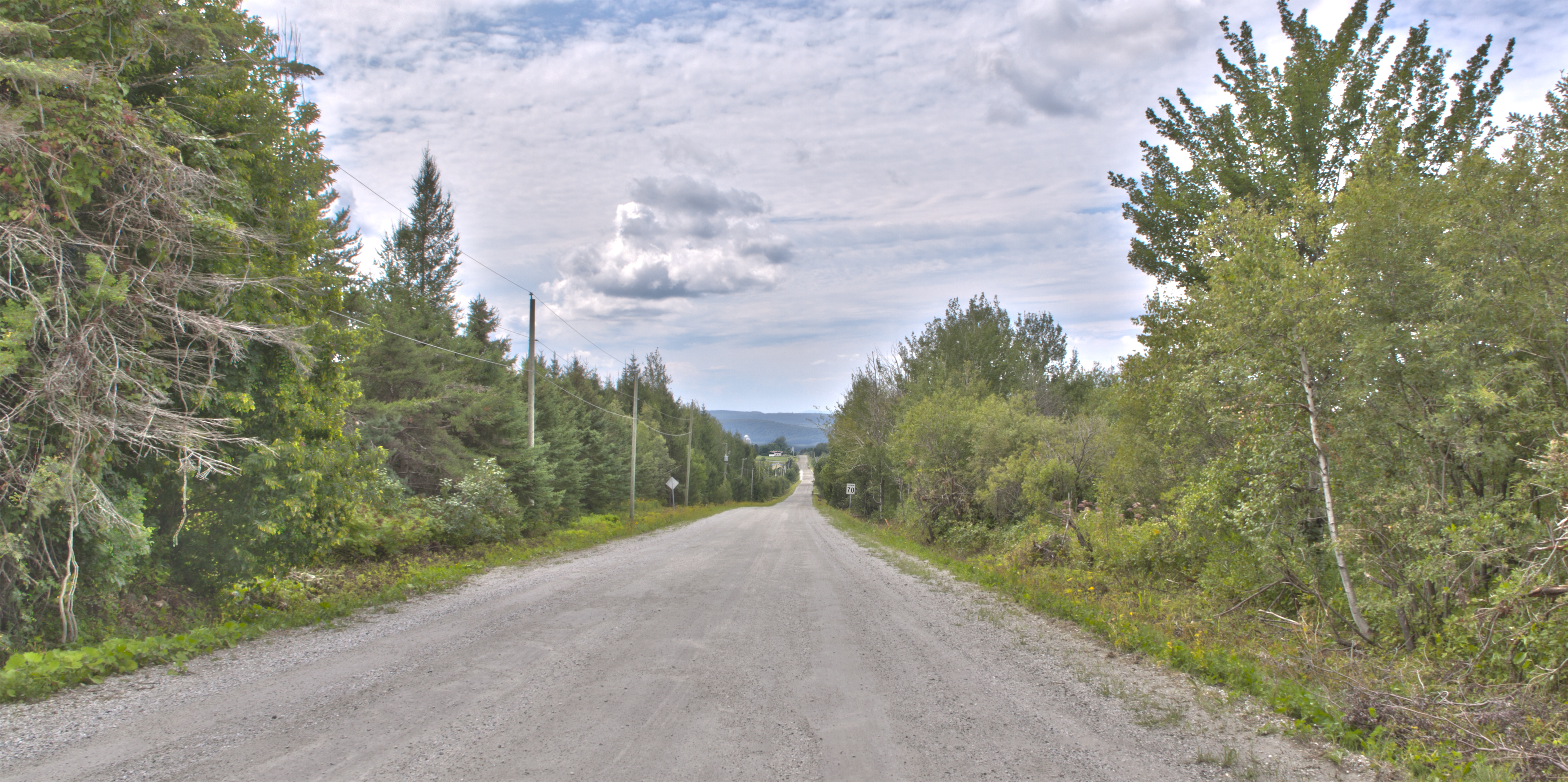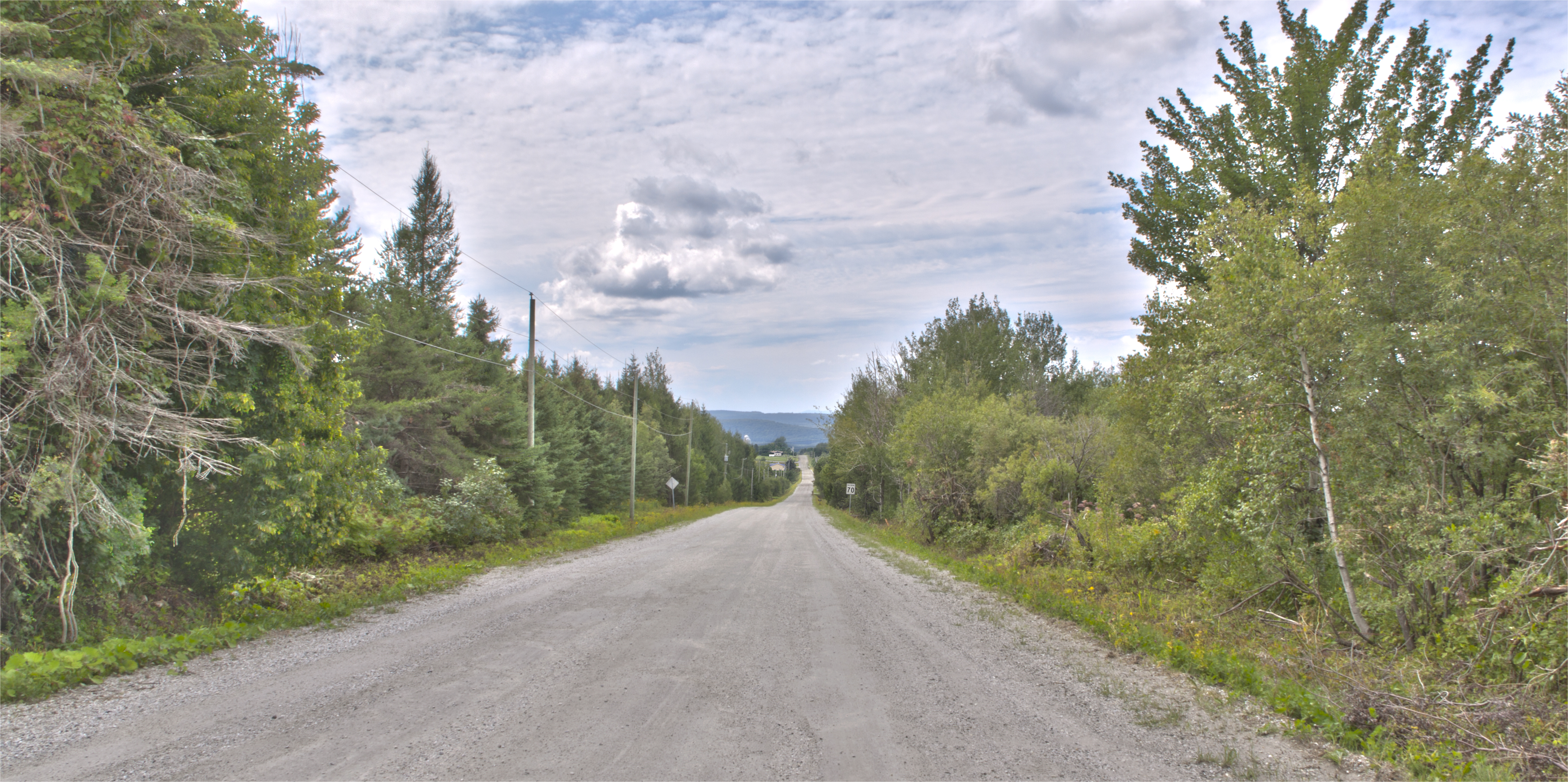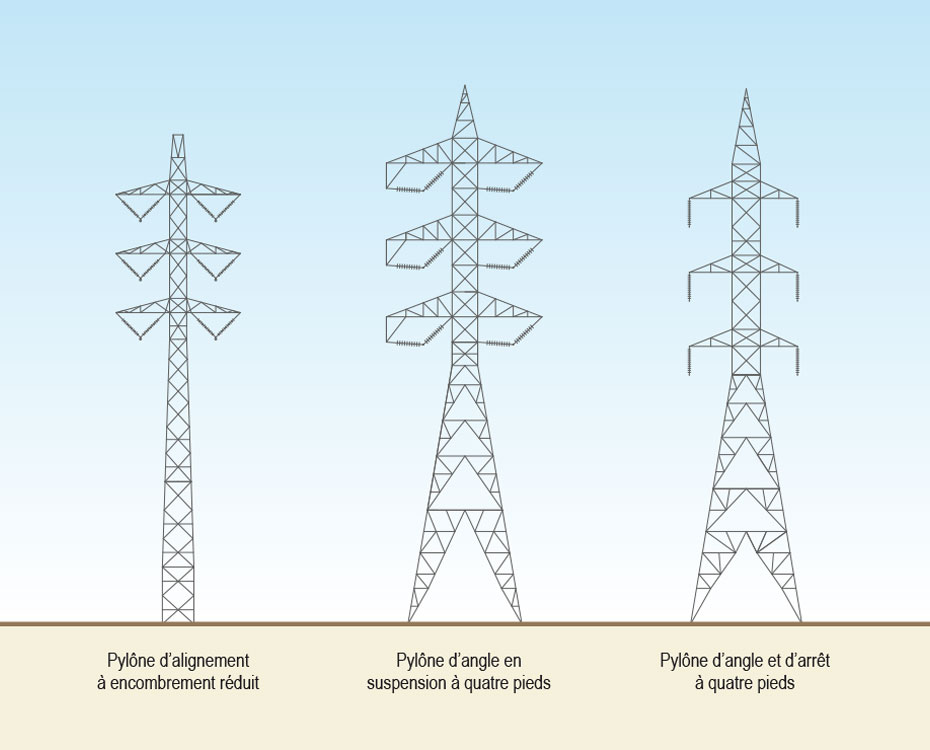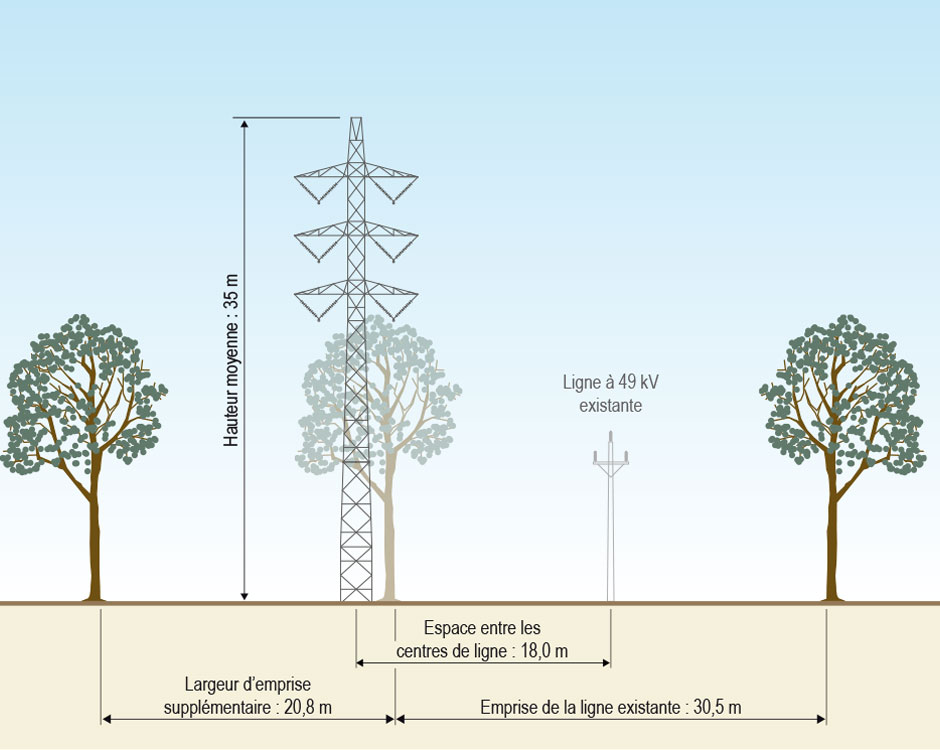230/25‑kV Bonsecours Substation and 230‑kV Supply Line
Selected solution
Environmental assessment
Hydro‑Québec is currently carrying out an environmental assessment that consists mainly of detailed environmental inventories. Appropriate mitigation measures will then be developed. Once the assessment is completed, Hydro‑Québec will seek the necessary government approvals for line and substation construction.
Substation site
The substation will be located off Chemin Malbœuf in Bonsecours. The site was chosen based on these criteria:
- Proximity to Lawrenceville and Valcourt substations, which currently supply power to customers in these sectors
- Distance from residences
- Possibility of preserving a strip of woodland to serve as a screen to mitigate any visual impacts
- No streams, rivers, wetlands or special-status species have been found on the site
Line route
In 2018 and 2019, Hydro‑Québec carried out consultations with the community concerned as well as inventories in the study area. These exercises made it possible to better understand the project's host environment and to take into consideration the inputs collected from the public concerned by the project in order to establish the route of least impact. The following criteria were taken into account:
- Avoid the most sensitive elements:
- Populated areas and recreational and tourist areas
- Farmland
- Sugar maple stands
- Bodies of water
- Wetlands
- Protected areas and special-status species
- Run the line along existing lines whenever possible.
- Select the shortest route possible to minimize the number of components that could potentially be impacted.
- Respect lot boundaries as much as possible.
- Limit impact on the landscape.
Web map of proposed project
Consult the Web map to see where the substation and the selected route the substation will be located and to view the visual simulations.

Length of line route by municipality
- Municipality Length (km)
- Stukely-Sud 7.5
- Lawrenceville 1.1
- Sainte-Anne-de-la-Rochelle 3.9
- Bonsecours 7.6
- Total 20.1
The proposed line route begins at Stukely substation and then heads northward along the west side of the 49‑kV line right-of-way for roughly 1.5 km before turning west. The route is partially on sloped land, which will limit the visual impact on the landscape. It avoids populated areas and sugar maple stands as much as possible before again rejoining the 49‑kV line right-of-way at the Chemin Aimé-Dufresne intersection.
Approximately 500 m north of Chemin du Lac, the line route crosses the 49‑kV line and heads east to avoid the center of Lawrenceville and surrounding farmland. The line route then heads northward to connect with the substation located along Chemin Malboeuf, avoiding populated areas and farmland as much as possible.
Work
Hydro‑Québec has obtained all the necessary government approvals to begin the construction of the 230/25‑kV Bonsecours substation and 230‑kV supply line.
Land clearing and the building of access roads for the construction of Bonsecours substation and supply line and the expansion of Stukely substation will begin in January 2025.
Steps involved in building a substation
Establish the work zone
Prepare the substation site
Excavate and lay the foundations
Installation of the grounding grid
Construction of control building
Backfill the foundations and substation yard
Assembly of steel structures
Installation of electrical equipment
Landscape and carry out the final inspection
Steps in line construction

Work schedule and jobsite surveillance
Work on the route’s southern section, on the border with Maine, is scheduled to start in January 2024. Work will then progress northwards to reach Appalaches substation, with a view to commissioning the line by late 2025. Hydro‑Québec will supervise the jobsite in compliance with applicable technical, environmental and safety requirements. Specific measures to mitigate the impact of the work will be implemented for harmonious coexistence with land users.
New 230/25‑kV Bonsecours Substation and 230‑kV Supply Line [in French only]
Stay informed on the stages of the project and the progress of work.
Subscribe to the newsletter








